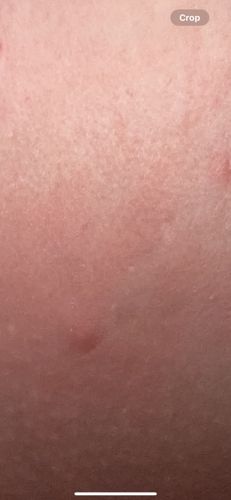Mosquito
Scientific Name: Various species within Culicidae (e.g., Aedes aegypti, Anopheles gambiae, Culex pipiens)
Order & Family: Order: Diptera, Family: Culicidae
Size: Typically 3 to 6 mm (0.12 to 0.24 inches) in length

Natural Habitat
Mosquitoes are found globally in a wide variety of habitats, especially near standing water sources such as ponds, swamps, marshes, puddles, old tires, and containers, where their larvae develop. Many species thrive in urban and suburban environments.
Diet & Feeding
Female mosquitoes feed on blood from various hosts, including humans, birds, and other mammals, for protein needed to produce eggs. Both male and female mosquitoes feed on plant nectars and other sugar sources for energy.
Behavior Patterns
Mosquitoes are most active during dawn and dusk but can bite at any time. Females bite to obtain blood meals necessary for egg production. They lay eggs in standing water. Males feed on nectar and do not bite. Their flight patterns can be erratic, and they are attracted to carbon dioxide, heat, and certain scents.
Risks & Benefits
Potential risks include transmitting various diseases such as West Nile virus, Zika virus, dengue fever, malaria, chikungunya, and yellow fever, causing itching and allergic reactions from bites. Benefits include serving as a food source for other animals (e.g., bats, birds, fish) and playing a minor role in pollination for some plant species.
Identified on: 9/4/2025